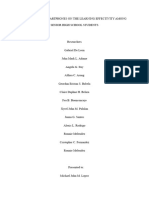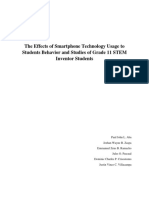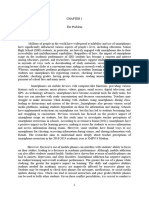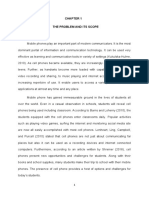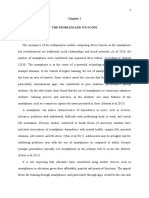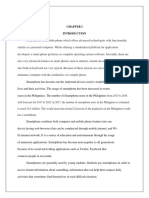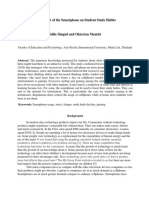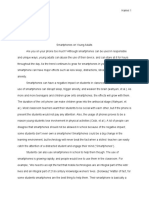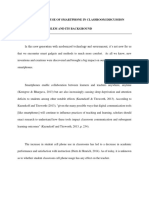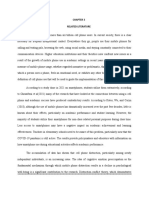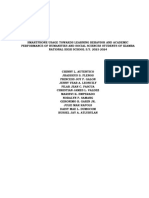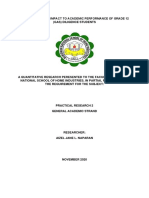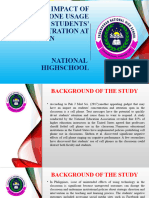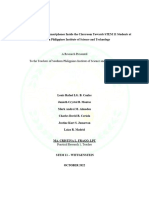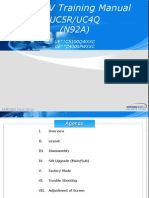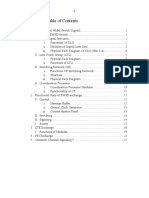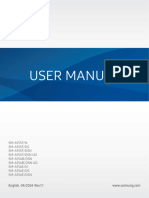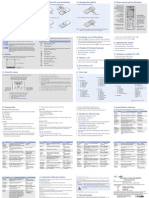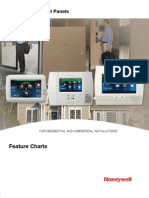CHAPTER 1
Introduction
Smartphones come with a variety of multimedia phone functions, such as a camera, voice
recorder, video function, and more. These characteristics help students efficiently advance their
educational goals and aspirations. Over the years, smartphones have been advancing rapidly.
Smartphone was first known in the1992 (Tweedie, 2015).
Smartphones are handheld-sized devices that enable mobile communication and computation
(Mosa et al. 2012; Pandey et al. 2013). Compared to regular cell phones, smartphones have
more memory, a faster processor, a larger interface, a navigation system, and a greater set of
functionalities and features, such as easier access to the Internet (Ozdalga et al.2012; Xia et al.
2014). Surfing web pages and seeking information are normally easy and fast on a smartphone.
Moreover, smartphone users can install and run mobile apps (Kirwanet al. 2013
The advancing of technology like smartphones has made life so much easier. It has been
created for a good faith thus increasing the productivity by associating work into life. People have
become highly dependent on smartphones. When people get too dependent to their smartphones
to do most of their jobs, addiction will eventually develop. Along with addiction, there will also be
negative outcomes such as the negative emotions that emerge when one cannot use
smartphone, the inability to reduce the usage of smartphones by free will and extensive usage for
enjoyment (Chen, Zhang & Zhao, 2015).
Different people use smartphone devices according to their unique individual choices, like many
people use it for entertainment purpose in their leisure time and many businessmen use
smartphones to increase their business activities by the help of smartphones by availing the
facilities like online banking, managing records of items on smartphones, schedule meetings and
preparing reports and presentations on their handy smartphone (Habib et al., 2019).
� During pandemic, our traditional classrooms were changed into online remote classrooms in
which students are available through the online session from their smartphones and teachers or
lecturer gives a lecture to their students remotely from anywhere around the world.
According to the studies revealed by the researcher, it is found that despite the benefits
and supporting features of smartphones in the learning process, students mostly used
smartphones for using the social media tools and applications like Facebook, Twitter, and
Instagram for socializing with their friends and family rather using it for educational purpose.
Due to excessive use of smartphone socializing, it negatively affected the education and learning
process of students by receiving continuous notifications from different sources. There are
several other studies conducted on the behavior of smartphones on the students in the
classrooms, which reveals that mostly student uses their smartphones devices within the
classrooms during the lectures which distract their attention from the class learning and most of
the time they don’t even know the contents of the lecture delivered by the lecturer. And this
research based on both theoretical and empirical evidence reveals that using smartphones
during lectures by students split or divert their attention which will cause them to miss important
points and keynotes details presented during class will result in negatively affecting academic
performance achievements (Lee, 2014).
